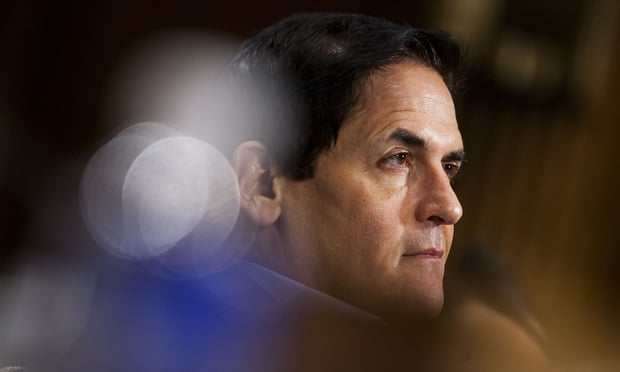Many Americans don't buy life insurance for a number of reasons — and more than a few view the product as an expense and not as an investment for retirement, according to a recent Princeton survey of 1,001 U.S. adults commissioned by insuranceQuotes.
More than a third (37 percent) of the survey respondents say they don't have a life insurance policy, and the cost of insurance is the most commonly cited reason (59 percent). But money isn't the only issue: Half (51 percent) of those who don't buy life insurance say they are healthy and just don't feel like they need it right now — three-quarters (71 percent) of millennials without a policy feel that way.
That clearly shows many people view life insurance as an expense and not as an investment for retirement, even though permanent life products pay dividends to policyholders contingent upon company performance, LIMRA spokeswoman Catherine Theroux tells insuranceQuotes.
Recommended For You
"Consumers often don't know that permanent life insurance policies can serve a dual purpose — to ensure a family is adequately protected in the event of a primary caretaker's death and help plan for retirement," Theroux says.
Another reason why people don't have a life insurance policy: 33 percent say shopping for life insurance is too difficult or confusing.
"You can't apply a one-size-fits-all approach to buying life insurance," says Dave Bryant of Brystra Insurance Services. "A qualified broker can help consumers shop around for a policy that meets their unique needs."
Other survey findings include:
-
65 percent of millennials do not have life insurance policies compared with 29 percent of Gen Xers and 26 percent of baby boomers. For millennials, 76 percent are using their extra income instead to purchase food or utilities, 71 percent are putting money in a savings account, 67 percent are paying down student loans or other debt, and 49 percent are donating to a charity.
-
75 percent of those with life insurance policies are married compared with 23 percent who are single.
-
26 percent of those without policies are college graduates and 34 percent have had some college education, while 72 percent of those with policies are college graduates and 65 percent have some college education.
-
Of households with an annual income of $75,000 or more, 78 percent have life insurance policies, and in households with an annual income between $50,000 and $75,000, 74 percent have life insurance policies.
-
Of those with a policy, 20 percent purchased it through work, 32 percent purchased it on their own, and 8 percent purchased both.
© 2025 ALM Global, LLC, All Rights Reserved. Request academic re-use from www.copyright.com. All other uses, submit a request to [email protected]. For more information visit Asset & Logo Licensing.








